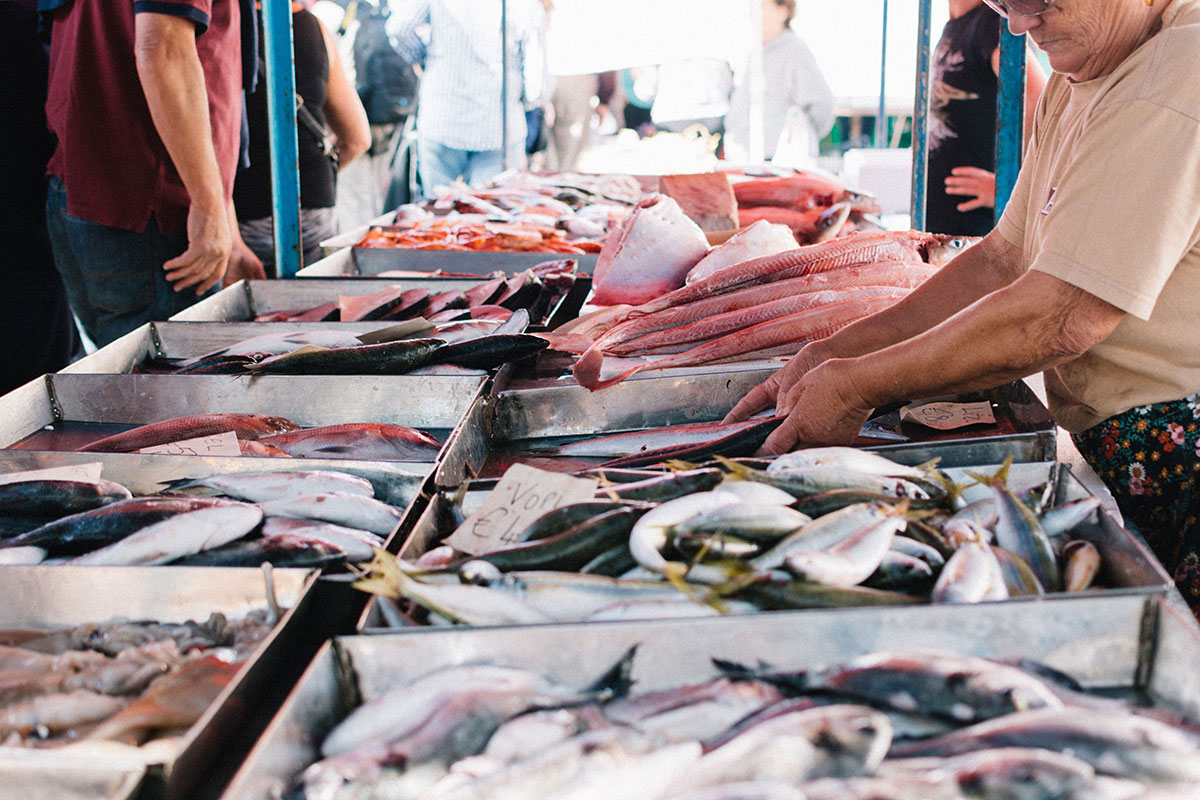The Commission has just released the EU Fish Market report 2024, which focuses on the fishery and aquaculture market’s performance in 2022-2023.
1. Europeans eat less fresh seafood at home because of rising prices.
According to the report, 2023 saw a decrease in at-home fresh seafood consumption due to rising prices. From 2019 to 2022, EU consumers have eaten more fresh seafood products at home, mostly due to the impact of COVID19 on the restaurant and hotel sector. That positive trend is now over, and by 2023 household consumption of fresh fish had plummeted to its lowest level.
This downward trend in household consumption can largely be attributed to the current economic and geopolitical climate, which has led to an increase in inflation, weighing heavily on consumers' purchasing power at the retail level. Because of rising prices, the household spending on fresh fishery and aquaculture products rose by 6% over 2022, continuing the upward trend that began in 2018.
2. Deterioration of the EU trade balance
The European Union saw a decrease in the total value and volume of seafood trade in 2023 compared to 2022.
- The total value of EU seafood trade decreased by 2% and the volume decreased by 4%.
- The EU imported more seafood from other countries than it exported. In 2023, the EU imported seafood worth around 30 billion euros, which is 6% less than in 2022.
- The EU also imported less seafood in terms of volume, dropping to 5.9 million tonnes, which is below the pre-pandemic levels.
- EU seafood exports, which are sales of seafood to countries outside the EU, decreased in both value and volume.
These figures reflect the wider context of the economic and geopolitical climate of recent years, including the EU's inflation rate.
3. Apparent consumption: aquaculture products gain ground
The apparent consumption (the sum of catches, aquaculture production and imports minus exports) in 2022 saw an increase in aquaculture products.
2022 registered a consumption of about 6.82 kilograms of farmed seafood per person, which is the highest in the past decade. For the same period, consumption of wild products was 16.70 kilograms per person, which is the least in the past decade.
Furthermore, the apparent consumption of fishery and aquaculture products was 1% lower than in 2021.


